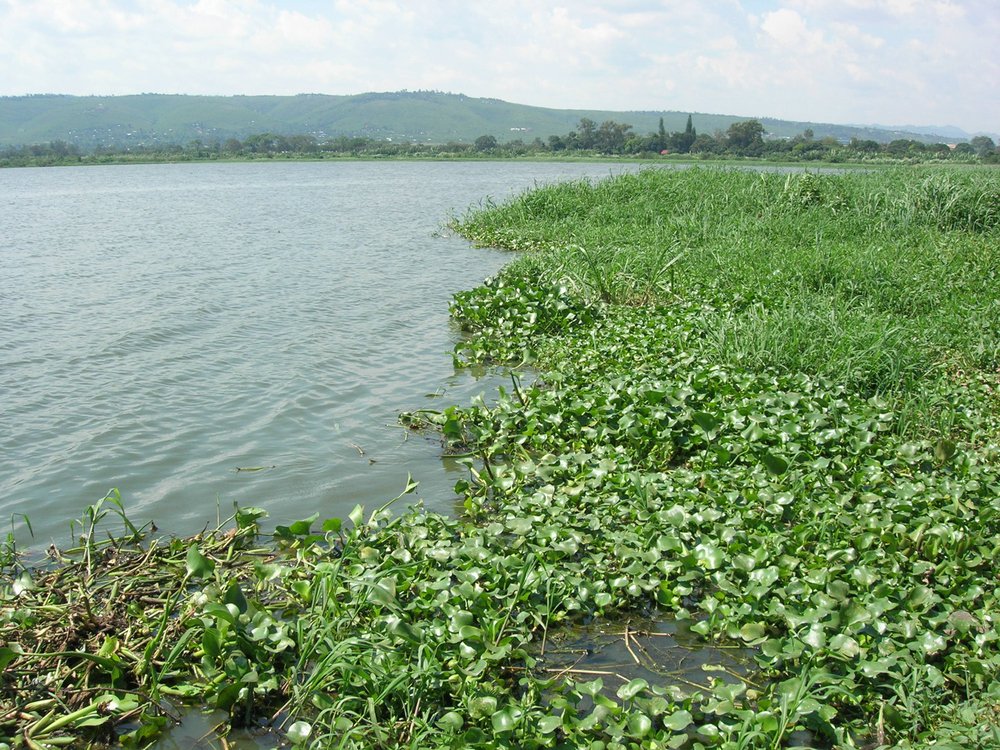Water Hyacinth: Benefits, uses, impacts to environment

By Nneka Nwogwugwu
Water hyacinth is an aquatic weed that originated from Amazon Basin, South America.
It has spread mainly to the tropics and subtropics since the 1800s. Water hyacinth has been considered as an invasive aquatic plant in the United States since 1984, in Africa since early 1900s, in Asia since 1902, and in Europe since 1930s.
It is found in several parts of Africa including Nigeria, Ethiopia, Kenya, South Africa, Zambia, and Zimbabwe.
One major reason for the introduction of water Hyacinth in Nigeria is for pollution mitigation by absorbing various types of pollutants including heavy metals present in water.
This plant has been used for pre-treatment in a drinking water treatment plant. Hyacinth can absorb minerals and inorganic substances from sewage. It can be grown rapidly in all types of conditions.
As a result, after it is used to clean sewage it is brought in for use as an organic fertilizer such as compost or mulching.
Hyacinth can absorb suspended particles, algae, dissolved impurities, nitrogen, phosphorus and other nutrients. It has been used in advanced water treatment in sewage and in the treatment of hospital wastewater.
Apart from its benefits to the environment, researchers have found out that these weeds also have medicinal benefits for the human body.
In a brief interview with NatureNews, a researcher in Plant and Science Department, University of Port Harcourt, revealed that water hycinth has anti-inflammatory, antifungal, and antibacterial functions, adding that, it can be used as a hair fragrance, to treat cholera, sore throat, and snake bites.
It can also be used for biofuel production, animal and fish feed production and biofertilizers production.
Despite these numerous benefits and uses, water hyacinths pose serious challenges to humanity and the environment.
It promotes clogging of waterways, obstruction of water transportation, and fishing activities; breeding grounds for pests and diseases; reduction of water quality and loss of biodiversity.
Water hyacinth disrupts water transportation. The weed forms thick mats that cover the surface of water bodies, preventing people’s access to schools, communication, health facilities, fishing grounds, and even local markets.
The highly reproductive nature of water hyacinth poses a great threat to biodiversity as the weed easily outcompetes other species. In Nigeria, Chukwuka and Uka (2007) reported that species of rotifers, cladocerans, and copepods were significantly reduced in abundance due to the infestation of Awba Reservoir by water hyacinth.
Researchers advise that mechanical, chemical, and biological means are measures to control the weeds but to achieve the best control, integrating two or more control methods is advised.
